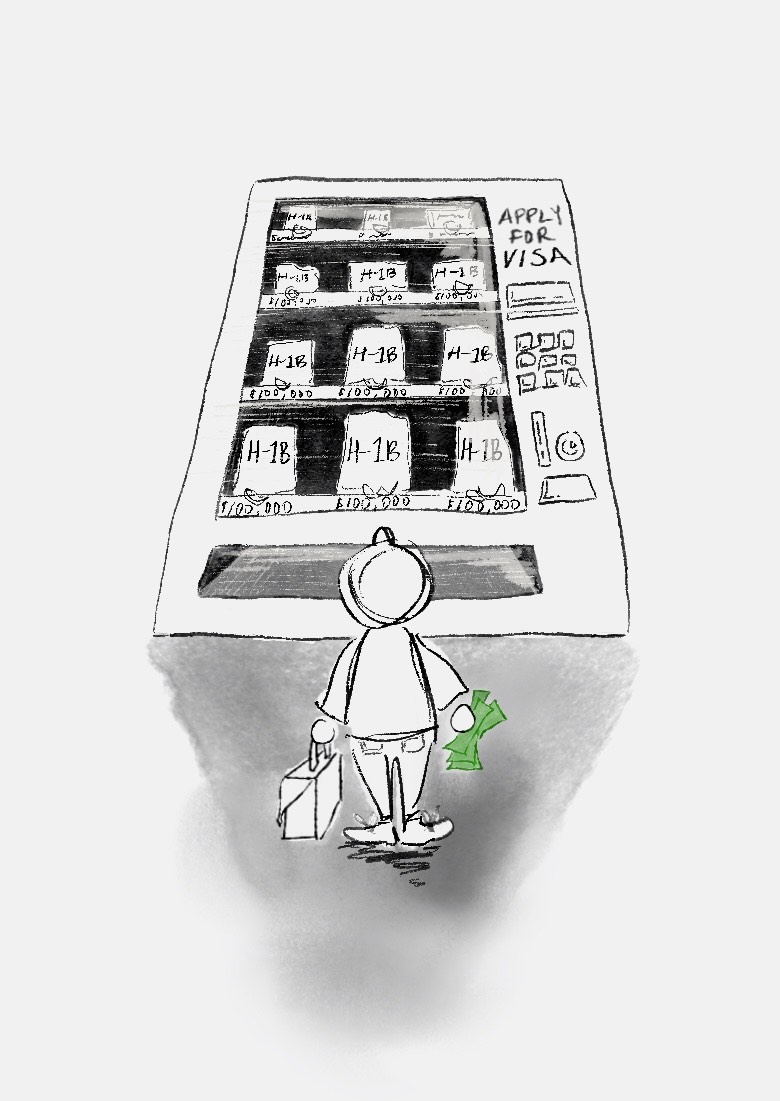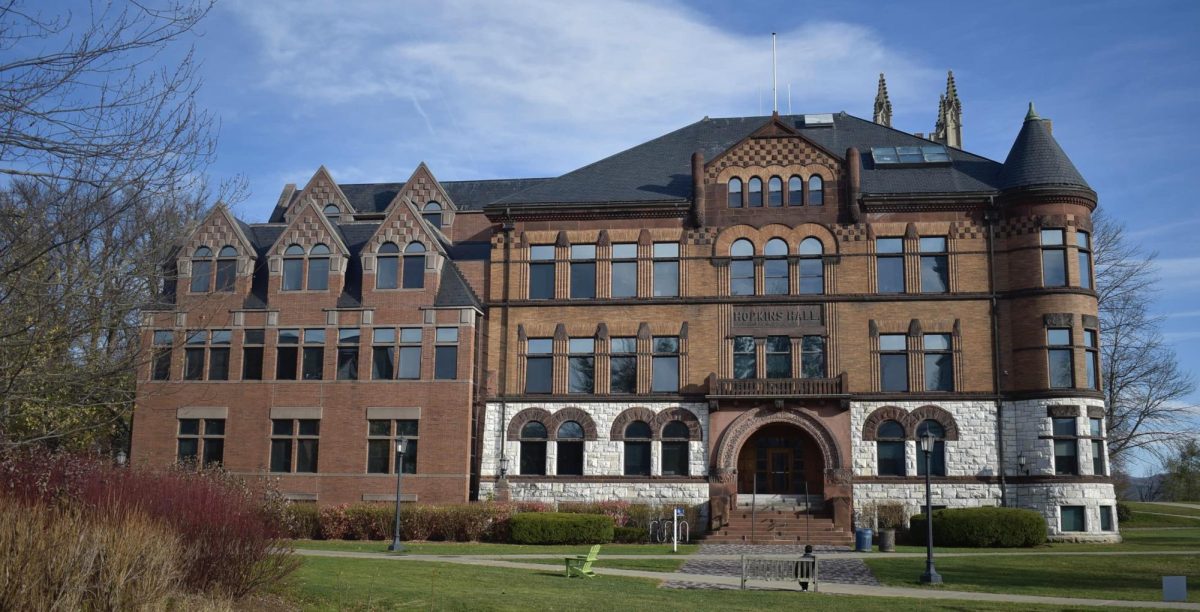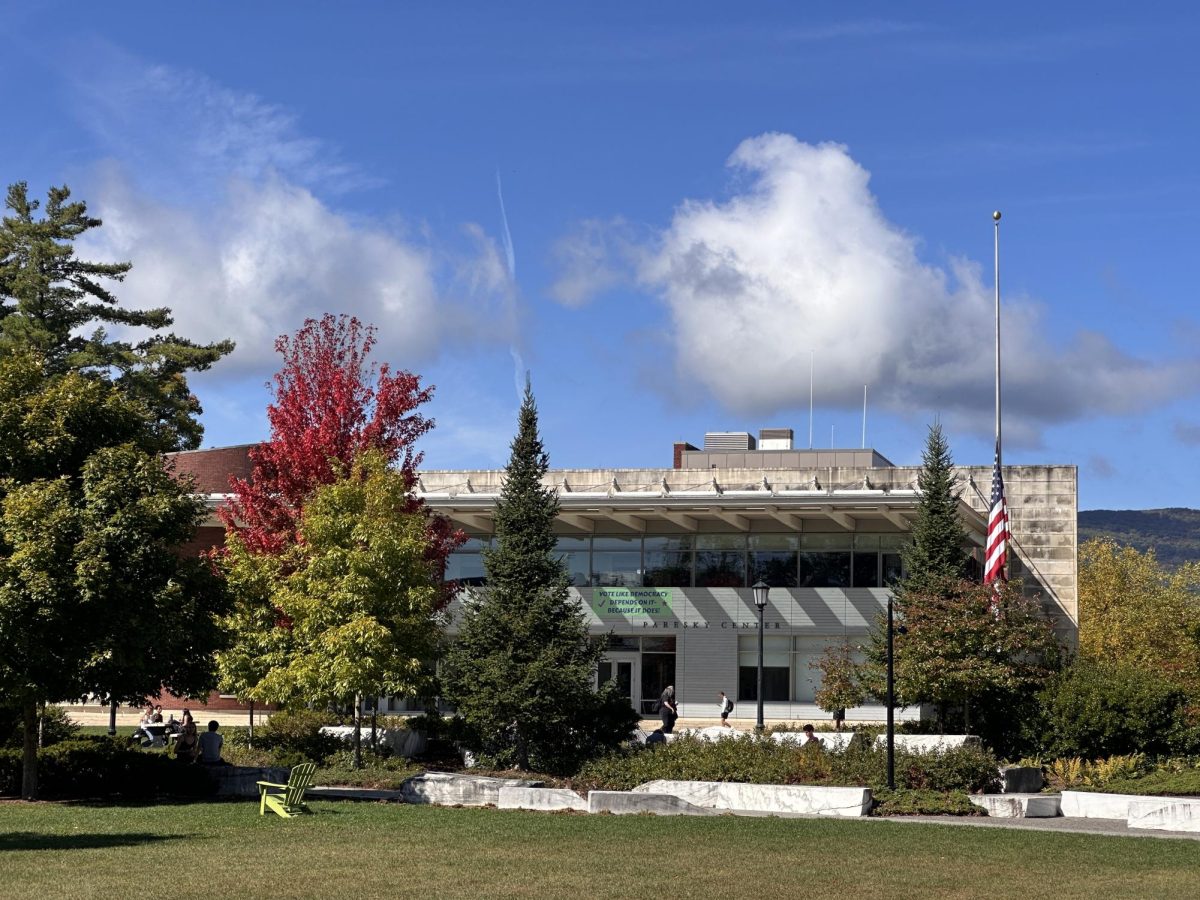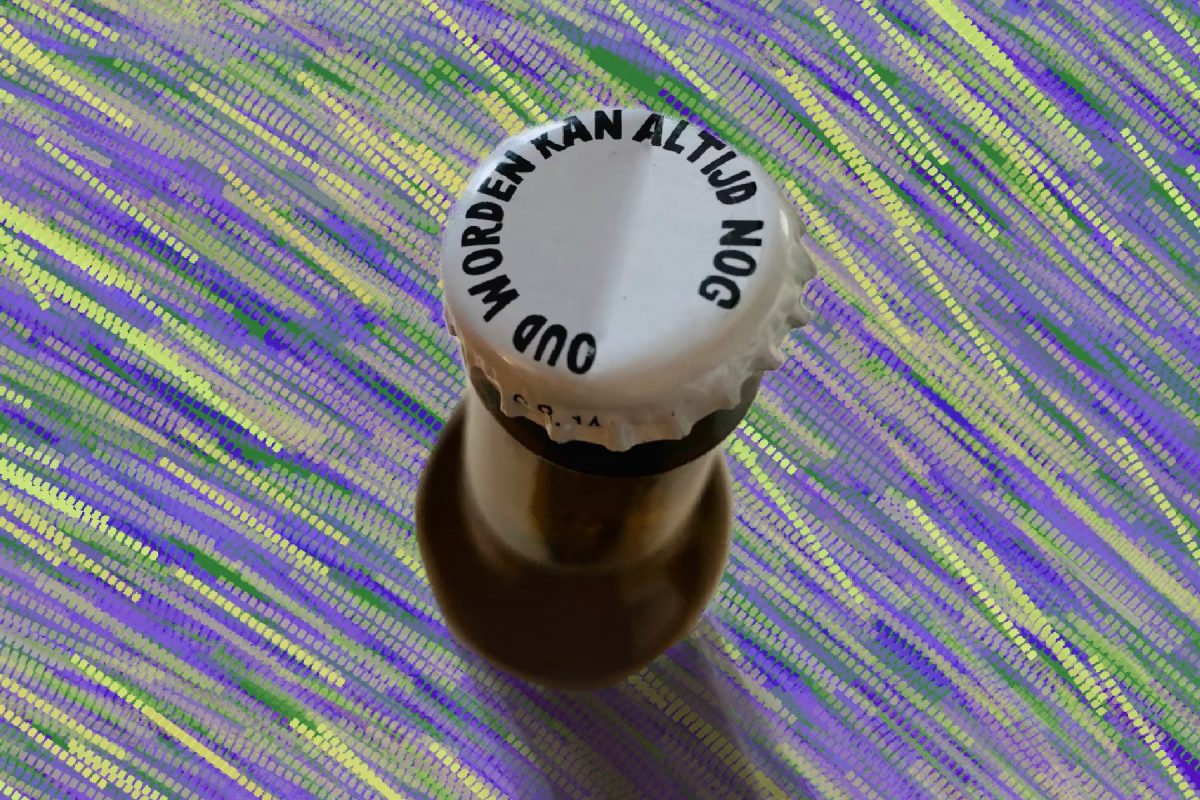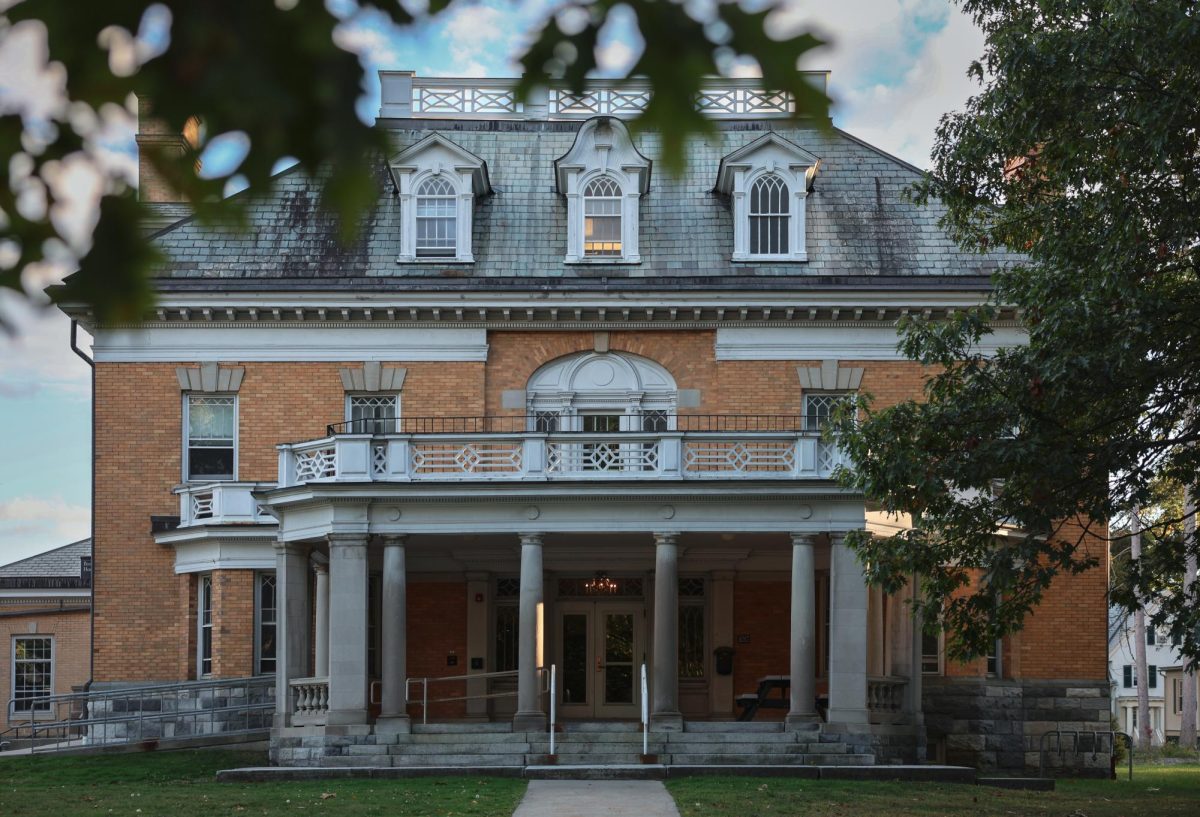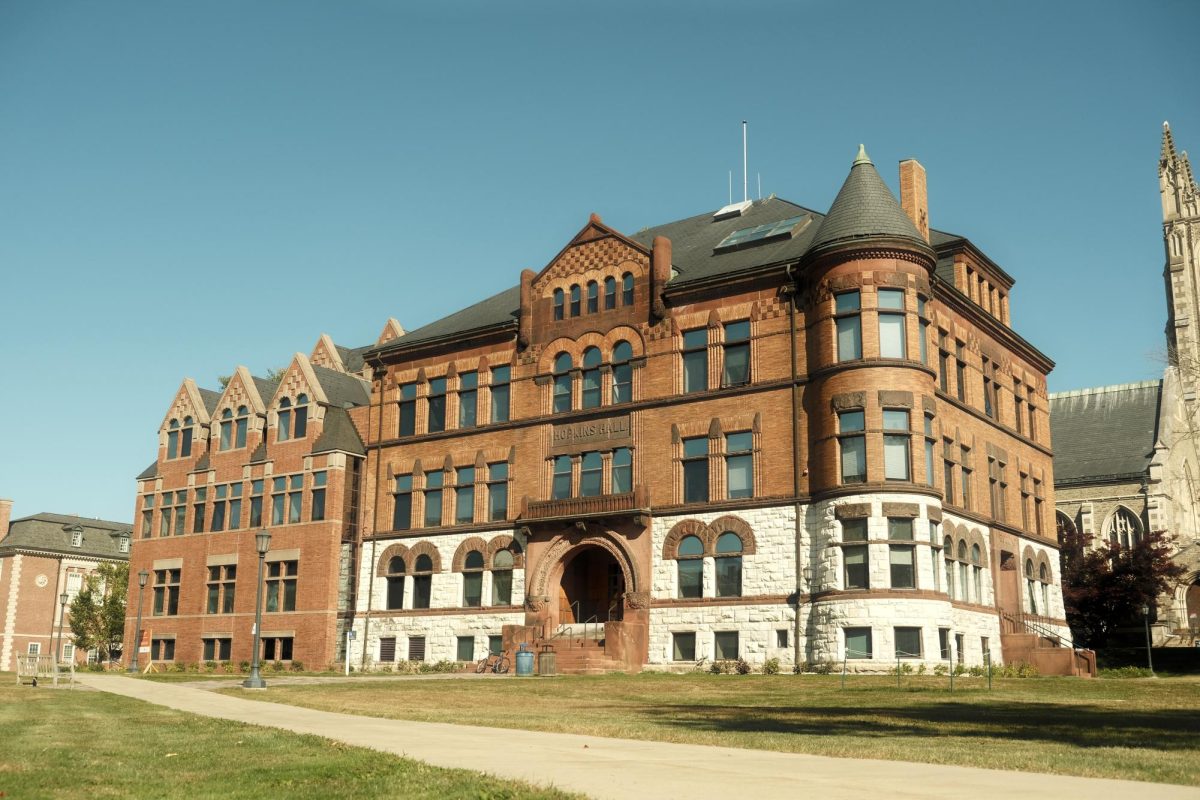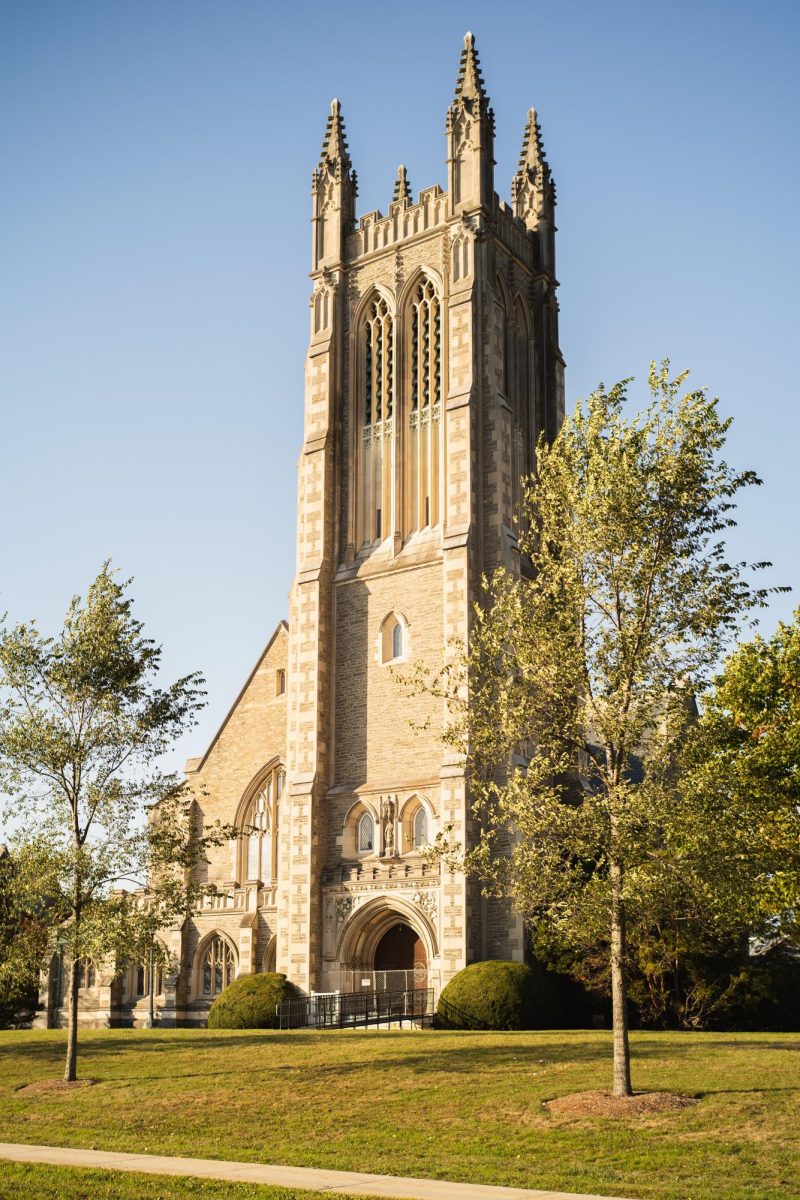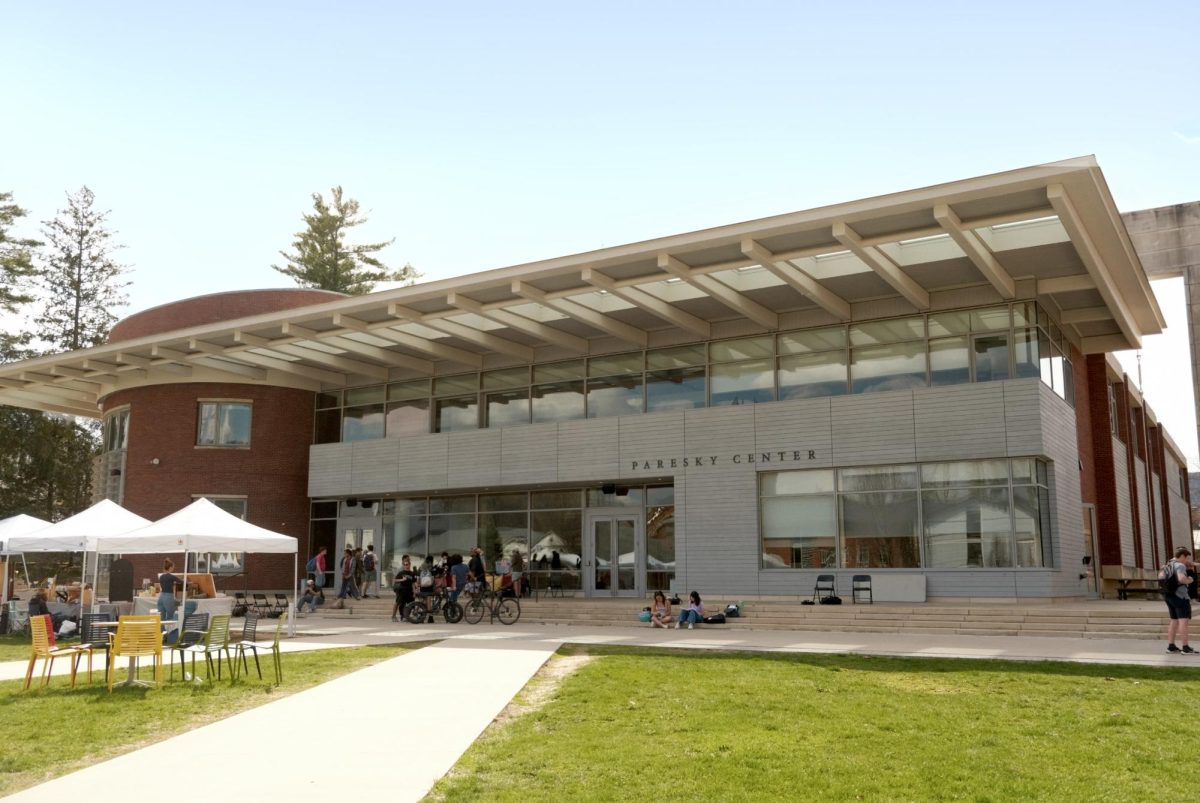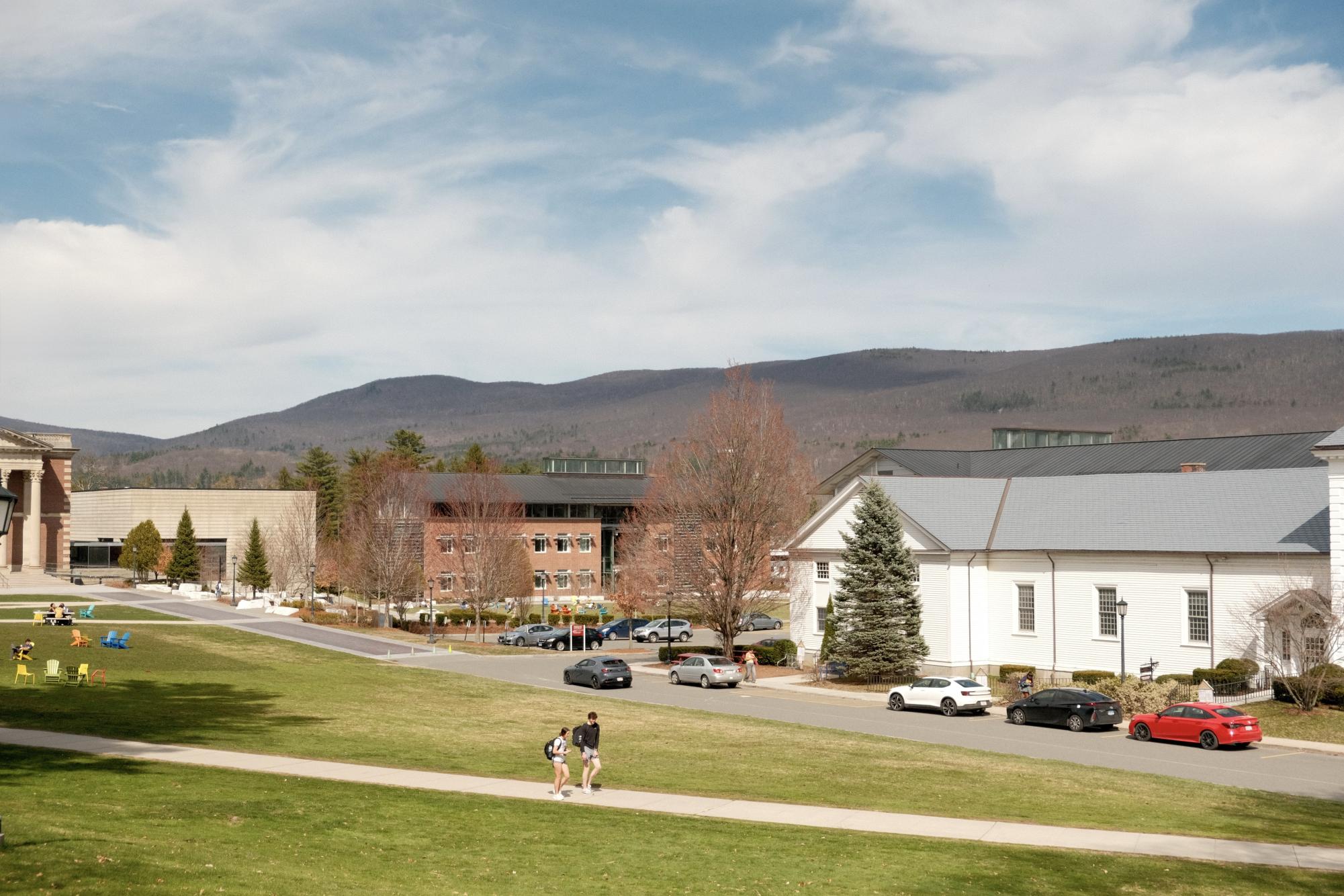
The Board of Trustees approved a new College mission statement at its April meeting, President Maud S. Mandel announced in an April 9 all-campus email.
The rewritten mission statement replaces the College’s previous, nearly 1,800-word mission statement, which was written in 2017 as part of the College’s decennial reaccreditation process.
Williams is accredited by the New England Commission of Higher Education (NECHE), an independent nonprofit organization that evaluates institutions on their quality and alignment with accreditation standards determined by federal guidelines and input from member institutions. The first standard for accreditation on NECHE’s website stipulates that institutions describe their missions and purposes, which “gives direction to its activities and provides a basis for the assessment and enhancement of the institution’s effectiveness,” its website reads.
“The current College mission statement, which was written for the last accreditation … is anomalous in its length, unconventional in its style, and ineffectively expansive in its content, functioning more as an introduction to a self-study report than a mission statement,” Provost Eiko Maruko Siniawer ’97 wrote in a Dec. 6, 2024 accreditation memo to faculty, staff, and students.
The new, shorter mission statement omits a list of the College’s principles and values that was present in the longer version, removing mentions of “need-blind admission” and “diversity” altogether.
Siniawer wrote in an interview with the Record that the omissions are a result of the need for concision rather than a reflection of any change in the College’s values. “The new mission statement reflects the value of diversity,” she wrote. “It speaks of ‘bring[ing] together students of unusual promise to . . . converse across differences of thought, experience, and perspective.’ And it intentionally refers to ‘all’ who are members of the College community.”
The new mission statement, at under 170 words, is intentionally concise, according to Siniawer. “The College’s mission informs, but is distinct from, all of its values, commitments, and strategic initiatives,” she wrote. “A mission statement should not and cannot capture everything that is important to the institution or describe everything that we do.”
“While the current mission statement reflects many of the same themes that were so lyrically expressed in the previous version, it focuses on Williams’ core educational purpose, our educational mission,” Siniawer wrote.
The 2017 accreditation review team also noted that the old mission statement failed to set the College apart from other institutions. “The [visiting] Team was struck by the absence of a sharp articulation of a forward-looking liberal arts mission distinctive to Williams, both in the institution’s mission statement and across dozens of conversations we conducted during our time on campus,” the memo stated.
Siniawer led the process of implementing feedback from the last reaccreditation cycle as well as a collective effort to rewrite the College’s mission statement ahead of the next cycle, which will start in the fall of 2027. “The effort to articulate Williams’ core educational purposes began early in the fall semester and draft purposes were shared with faculty at the November faculty meeting, and with faculty, staff, and students in a request for feedback from the entire campus community in early December,” Siniawer wrote.
After the feedback form was made available to campus members through Daily Messages on Dec. 6, 2024 and Jan. 3, 2025, the College incorporated responses from faculty, staff, students, and trustees into the working draft and final statement, according to Siniawer.
“That mission is so fundamental to the College that it should resonate broadly across constituents and endure over time, such that the College should not need to rewrite a mission statement every ten years,” Siniawer wrote.



